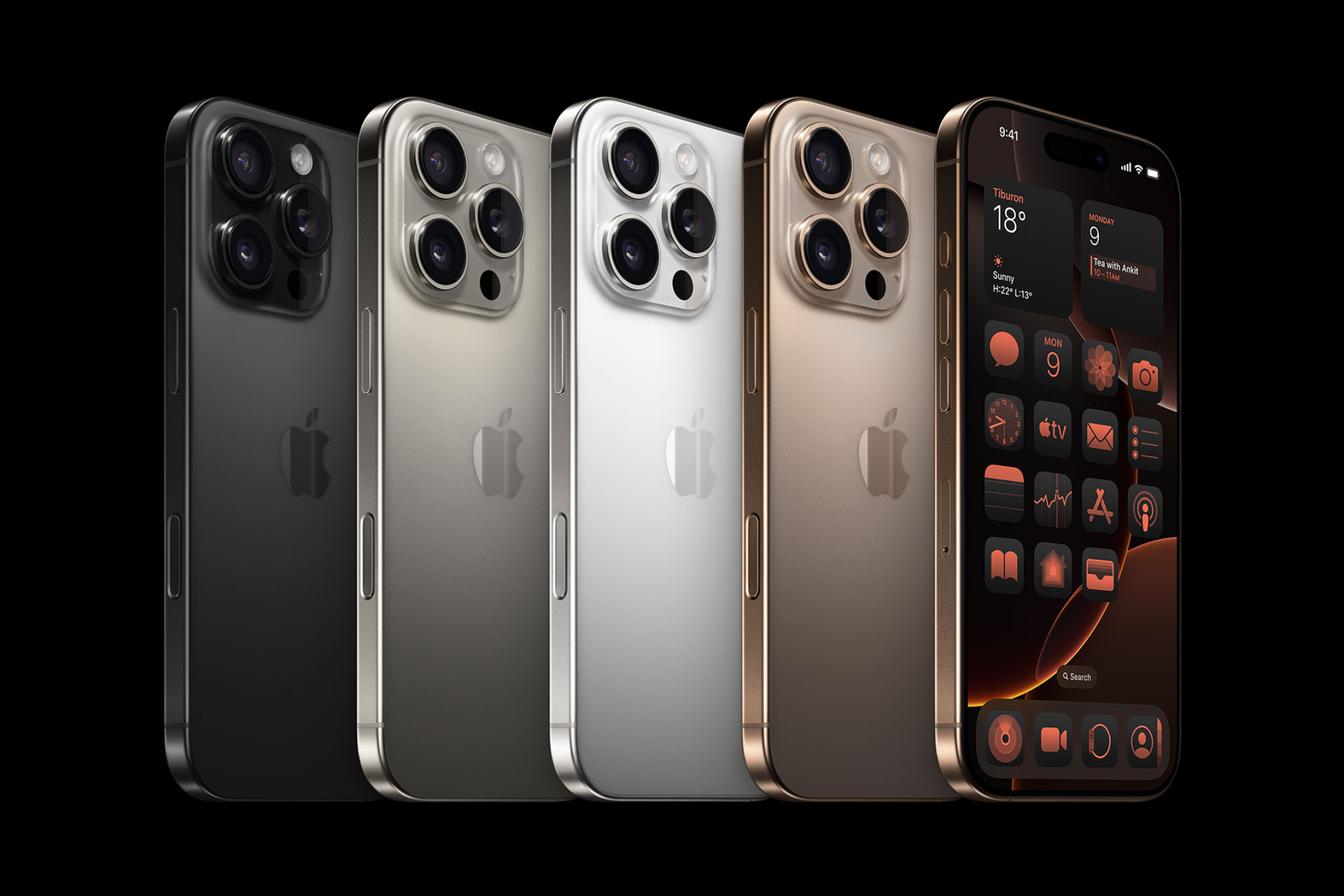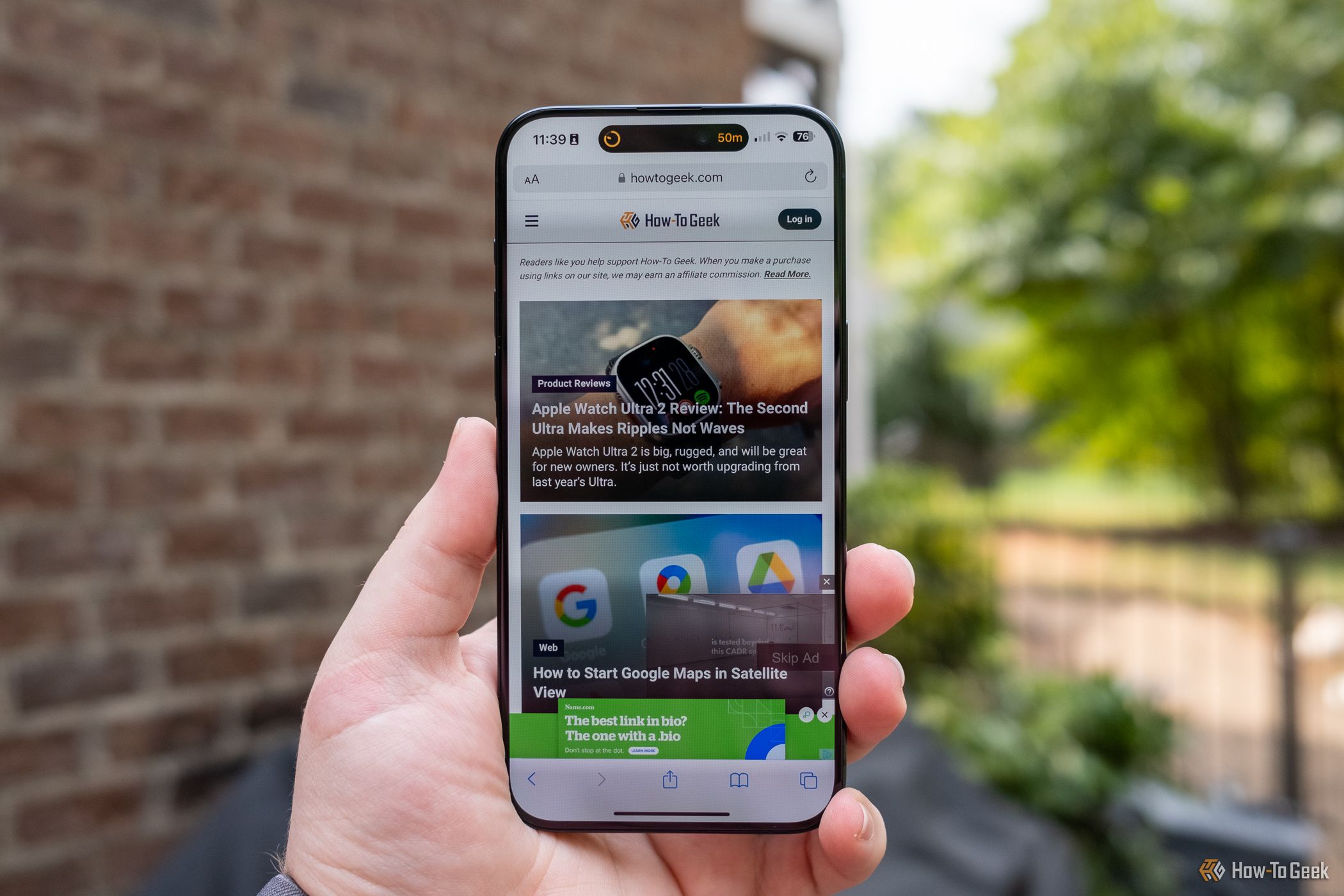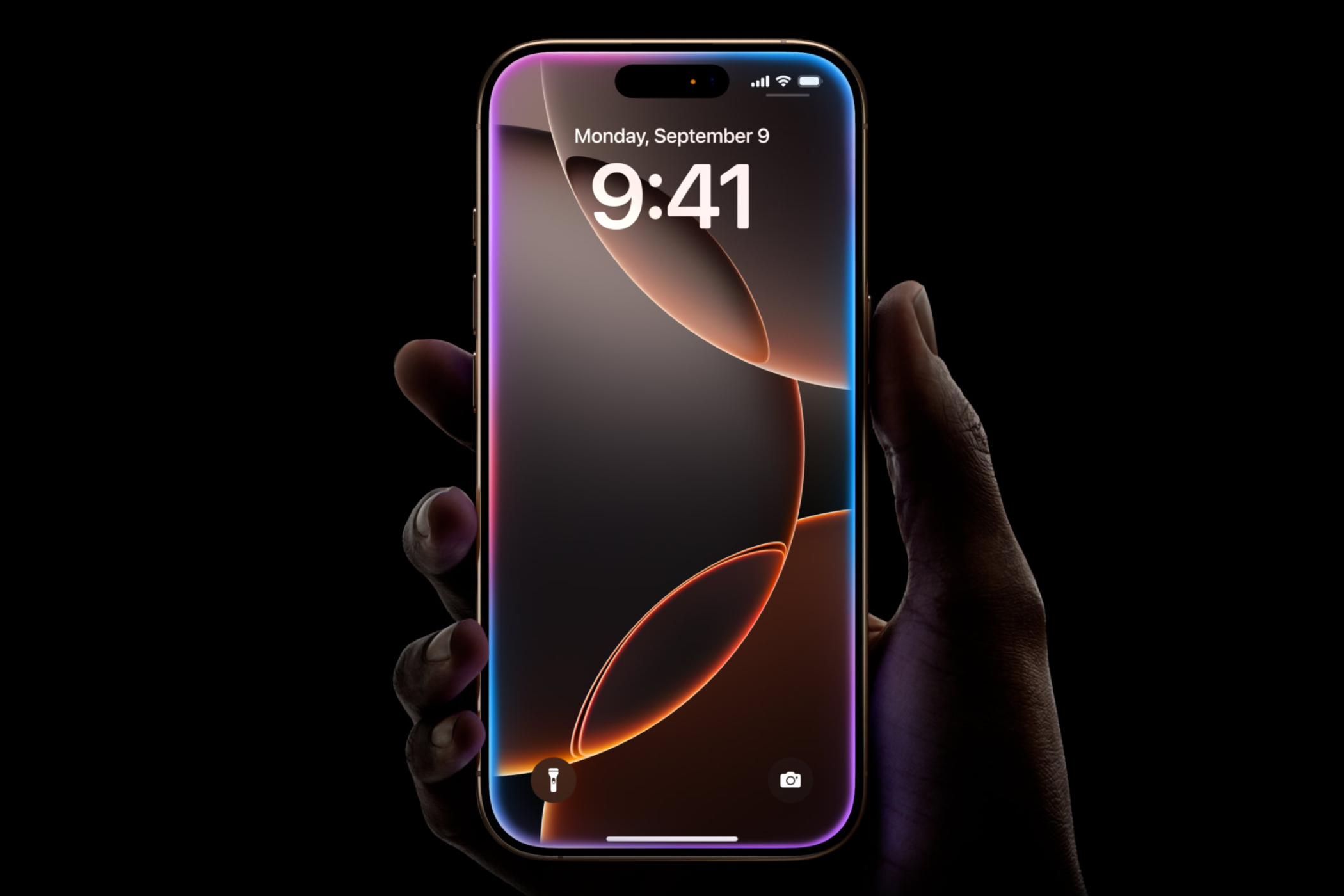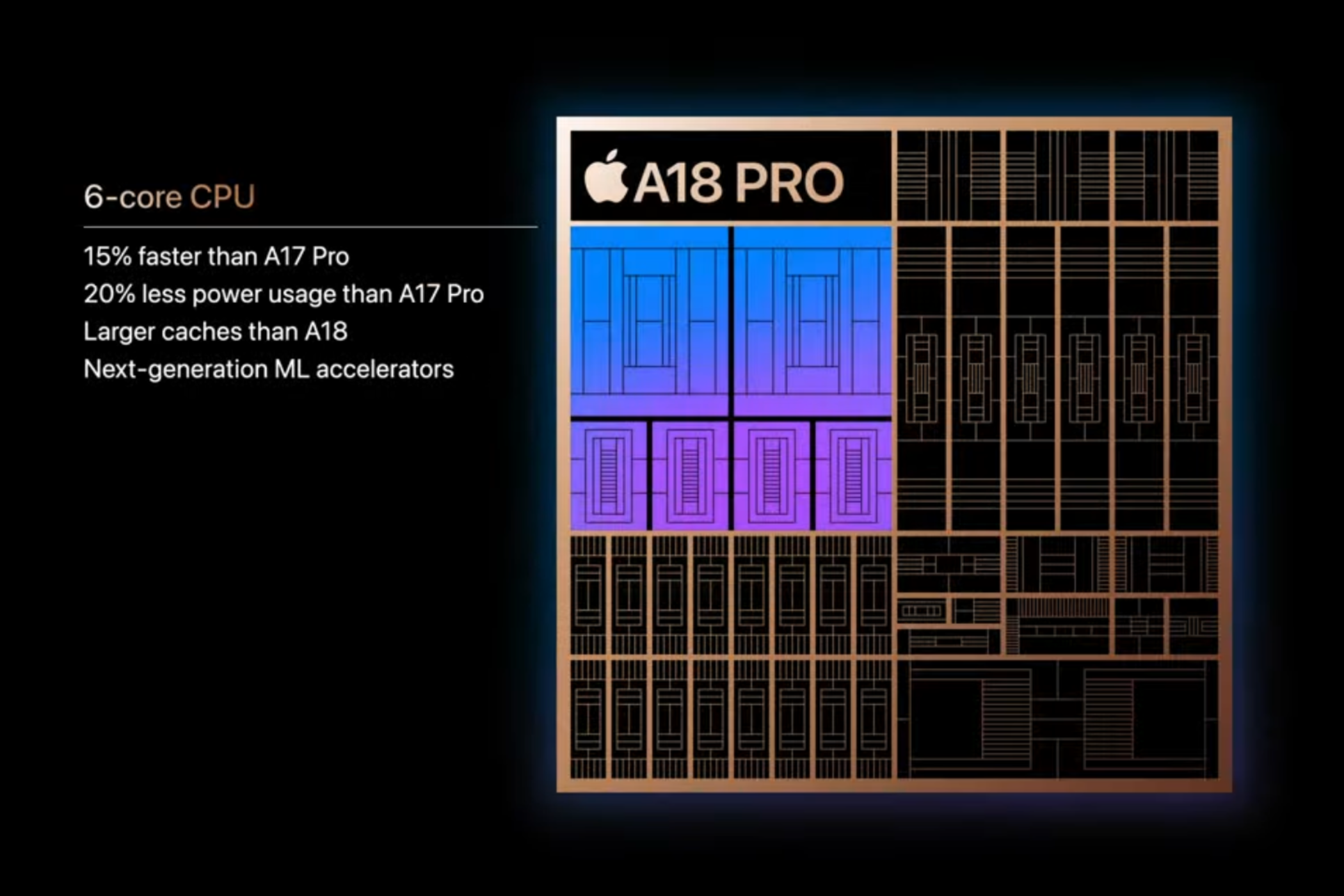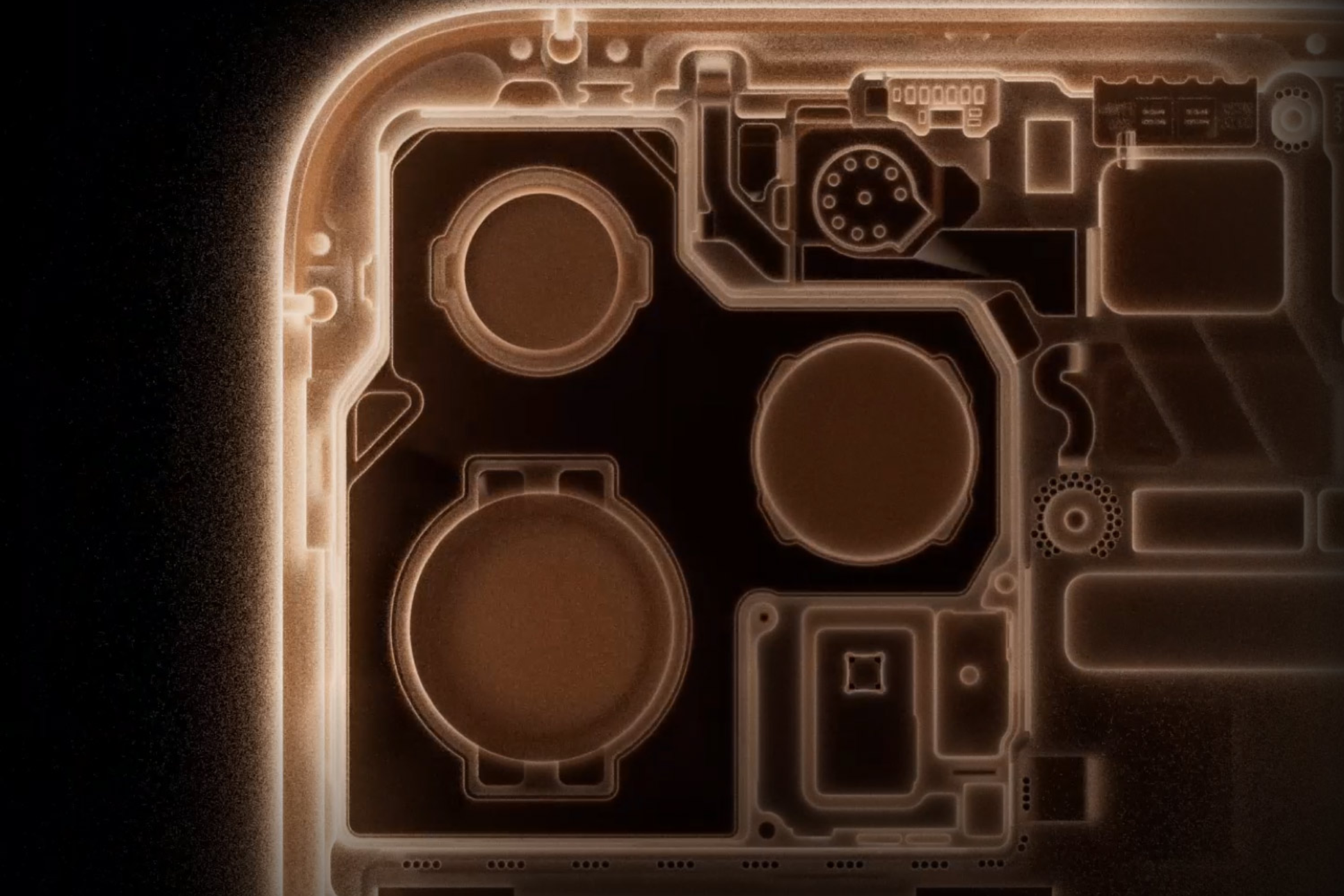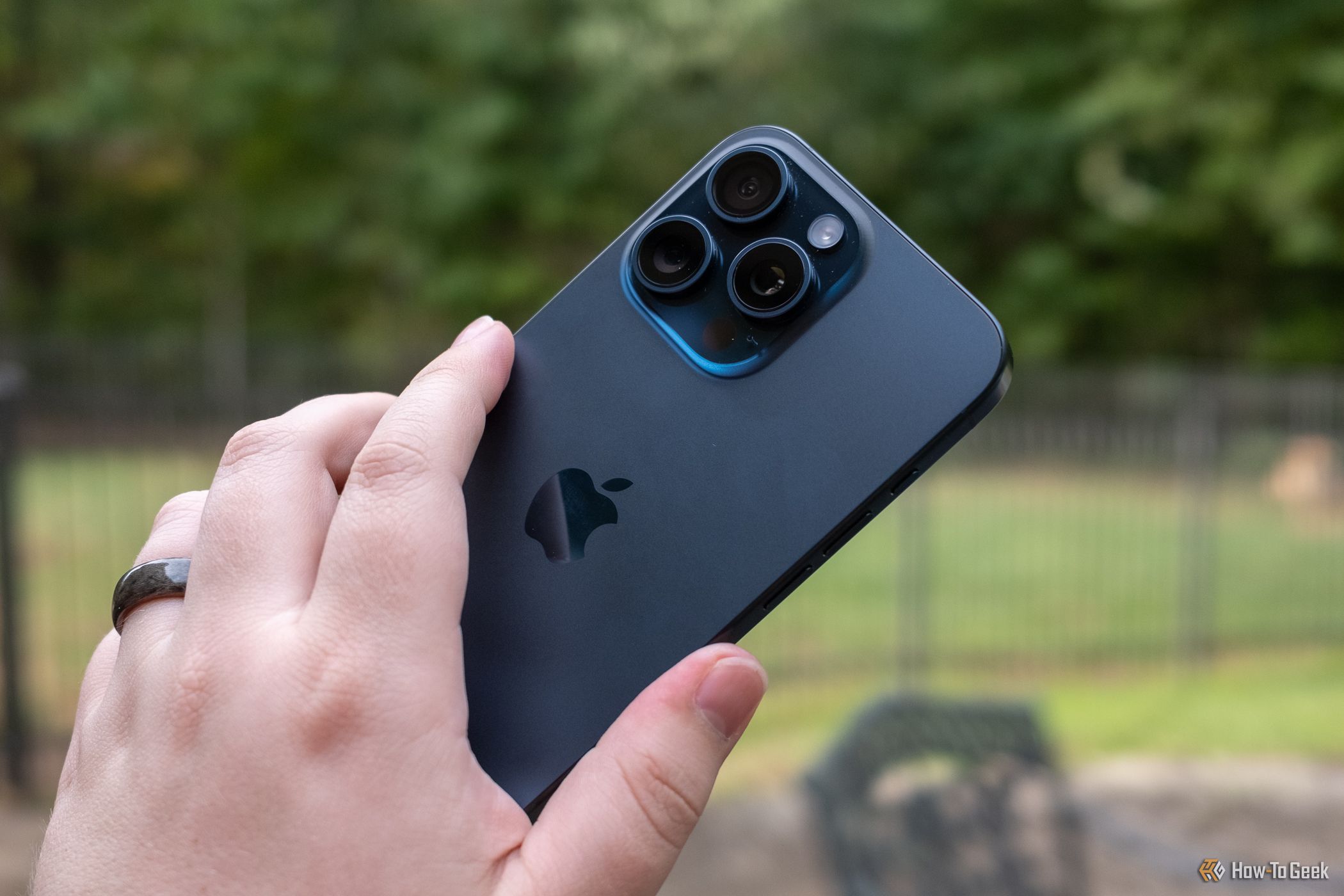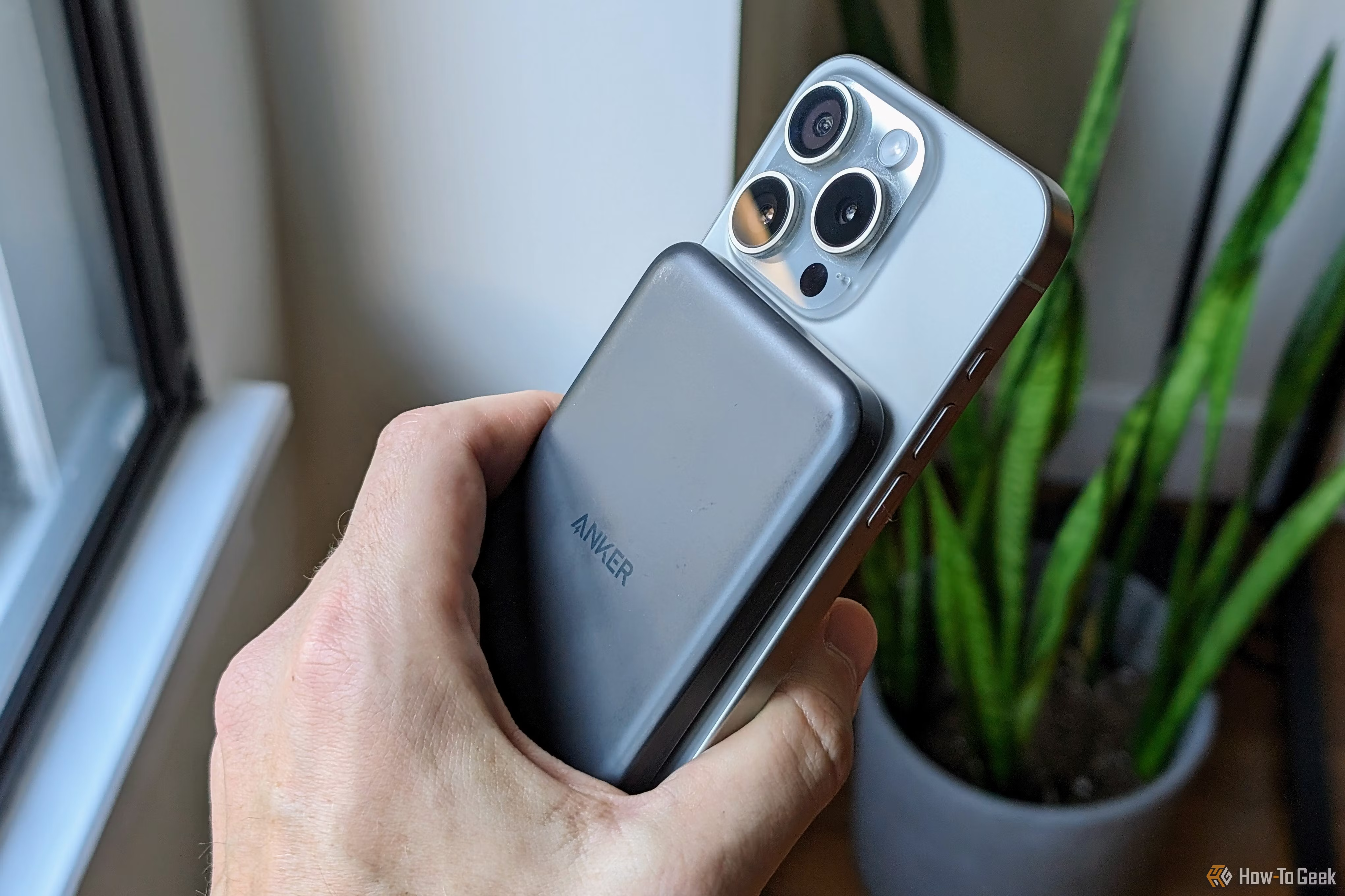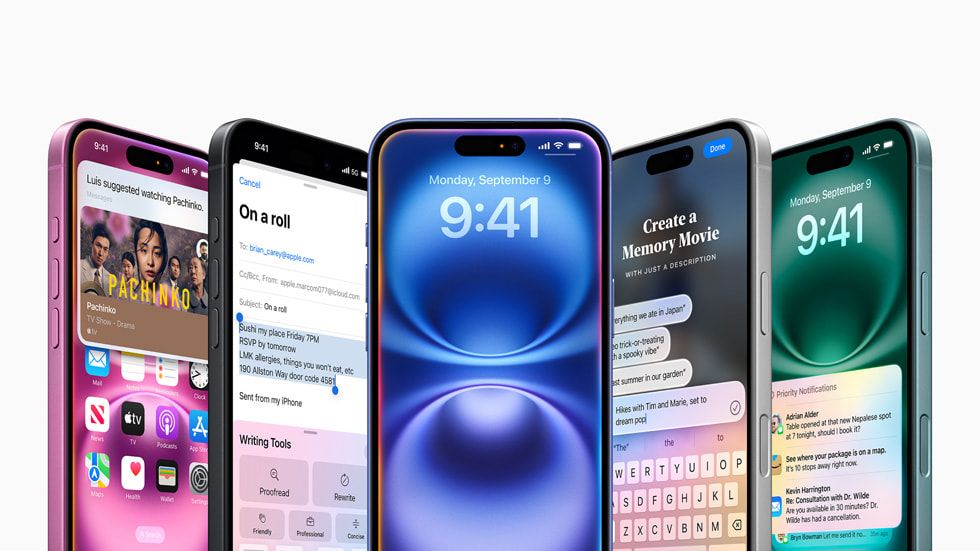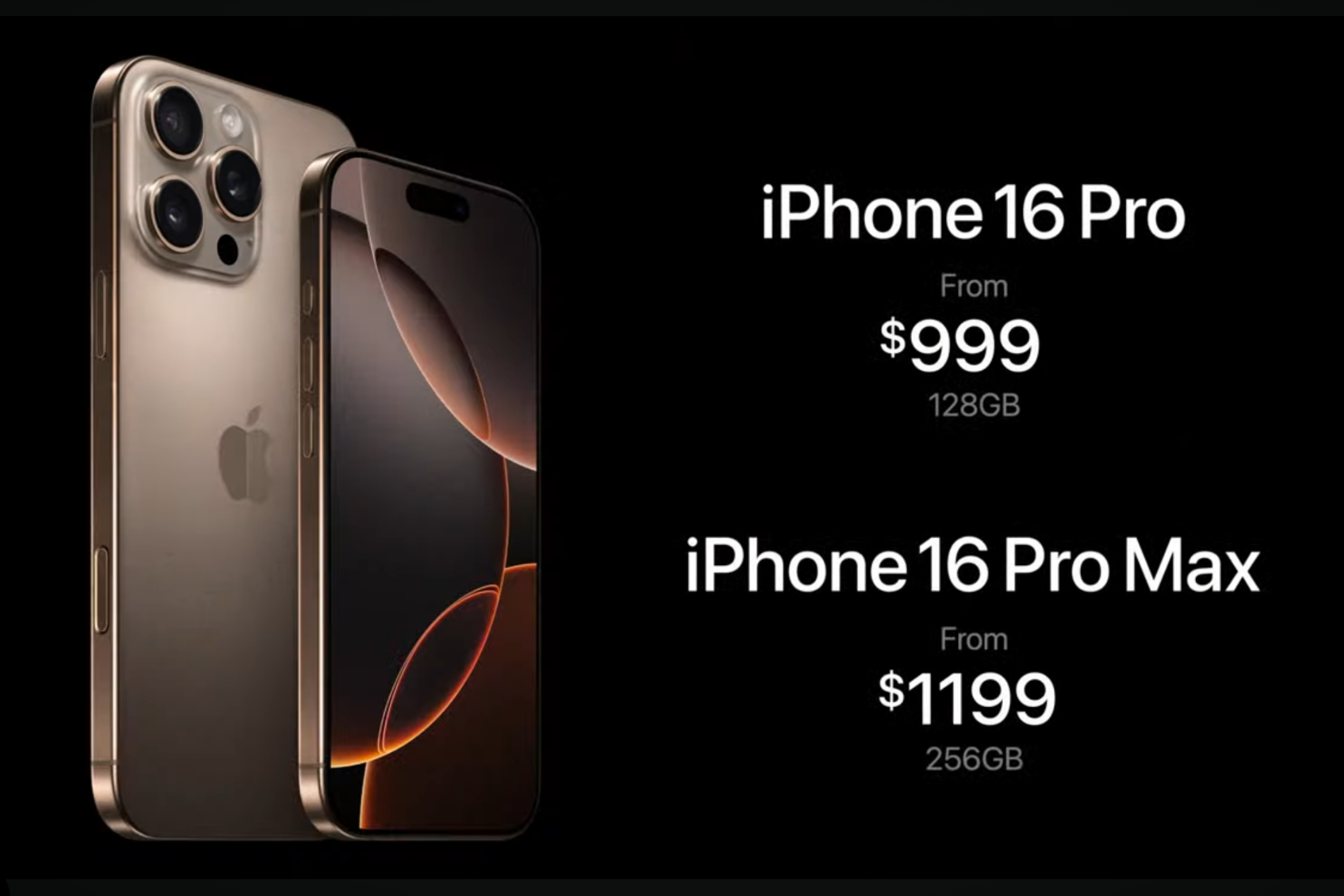Key Takeaways
- iPhone 16 Pro has a slightly bigger display, a new Camera Control button, a faster A18 Pro chip, a better camera system, and 25W MagSafe charging for a starting price of $999.
- The iPhone 15 can be found for $899 and features many of the same features including an always-on ProMotion display, programmable Action button, USB-C port, and titanium finish.
- Both models will support AI features in the form of Apple Intelligence, set to launch in October with the iOS 18.1 update.
The iPhone 16 Pro comes with a few notable upgrades over last year’s model, but Apple’s new AI features are available on both models. So is it worth upgrading from your iPhone 15 Pro? Let’s find out.
iPhone 16 Pro Is Slightly Bigger and Wider
While both the iPhone 16 Pro and the iPhone 15 Pro look alike, there are a few differences. First, the iPhone 16 Pro is slightly taller and a tad wider than the iPhone 15 Pro. The additional millimeters add space for a larger screen. And yes, the iPhone 16 Pro is 12 grams heavier than its predecessor.
Like its predecessor, the iPhone 16 Pro is also available in Black Titanium, White Titanium, and Natural Titanium. However, Apple has also added a Desert Titanium finish to the mix, which wasn’t an option with the previous version.
While both phones have an Action Button, the iPhone 16 Pro features the new Camera Control button, which is on the same side as the power button. As the name suggests, the button helps users access the Camera app and Apple’s Visual Intelligence feature with a press or slide.
Last but not least, you get the second generation of Ceramic Shield front glass, which is about 50% tougher than the one on the iPhone 15 Pro.
Beyond these four differences, the iPhone 16 Pro and the iPhone 15 Pro share a myriad of similarities. Both phones have a Dynamic Island on the front, with symmetrical bezels on all sides (these are slightly thinner on the iPhone 16 Pro). There’s a square-shaped camera module on the back with a matte-finish glass panel, and IP68 dust and water resistance.
The iPhone 16 Pro Has a Slightly Larger Display
As mentioned, the slightly taller and wider dimensions of the iPhone 16 Pro alongside the thinner bezels make room for a 6.3-inch Super Retina XDR screen. This seems noticeably bigger than the otherwise similar 6.1-inch Super Retina XDR screen on the iPhone 15 Pro.
However, that is the extent of the changes that Apple has made to the iPhone 16 Pro’s screen, as all the other specifications, like the panel technology (OLED), resolution, peak brightness, and high refresh rate (ProMotion display), are the same as those on the iPhone 15 Pro. Both models support the always-on display with the only difference being that the iPhone 16 Pro’s screen can go down to a single nit of minimum brightness.
Introducing the A18 Pro Apple Silicon
The iPhone 16 Pro runs on the new A18 Pro chipset, which is based on the second-generation three-nanometer fabrication technology with smaller yet faster transistors that help increase performance and efficiency at the same time.
With a new six-core CPU that features two performance cores and four efficiency cores, the iPhone 16 Pro can run the “same workload as the previous generation 15% faster while using 20% less power.” The next-generation machine-learning accelerators have been optimized for Apple Intelligence, offering high-throughput and low-latency computations.
Then there’s a new six-core GPU that is “up to 20% faster than the previous generation” and supports hardware-accelerated ray tracing for even better graphics in 3D games. The chipset also has a new 16-core Neural Engine for handling on-device Apple Intelligence workloads.
Apple also includes a new heat dissipation system on the iPhone 16 Pro, which helps sustain peak performance for prolonged usage. However, the A17 Pro on the iPhone 15 Pro is no slouch either. Even though the processor dates back to 2023, it will pack enough horsepower to run the latest Apple Intelligence features.
iPhone 16 Pro Gets a New Telephoto and Ultrawide Sensor
Both the iPhone 16 Pro and the iPhone 15 Pro feature a 48MP primary camera, which shoots stunning pictures in all scenarios. This year’s Pro model comes with a new 48MP ultrawide camera for sharper, more detailed landscape shots. The sensor, like the 12MP ultrawide sensor on the iPhone 15 Pro, can also capture macro shots.
Another significant upgrade is the inclusion of the 12MP 5x telephoto camera on the iPhone 16 Pro, which provides a better zoom range (up to 25x digital zoom) than the 12MP 3x telephoto sensor on the iPhone 15 Pro (up to 15x digital zoom).
The iPhone 16 Pro also takes video recording up a notch by letting you shoot 4K videos at up to 120 fps with the primary camera. You also get an option to adjust the playback speed after recording the video. For professionals who are into videography, the iPhone 16 Pro can record ProRes video in 4K at 120 fps (even going straight to an external storage device). Additionally, you get wind noise reduction and Audio Mix sound optimization on the newer handset.
The iPhone 15 Pro, on the other hand, can “only” record 4K videos at 60 fps and ProRes videos in 4K at 60 fps. Nonetheless, it shares many features with the newer model, like the Cinematic Mode, Action Mode, and the 12MP TrueDepth front camera, which can record 4K videos at 60 fps on both devices.
Clearly, the iPhone 16 Pro offers significant upgrades in the camera department, including the aforementioned Camera Control button that unlocks new ways of capturing photos and recording videos.
The iPhone 16 Pro Gets a Battery Boost
With the iPhone 16 Pro, Apple improves on the battery life by a few hours. Last year, the iPhone 15 Pro was rated to provide up to 23 hours of video playback. This year, the iPhone 16 Pro can deliver up to 27 hours of video playback.
Like the regular iPhone 16, the iPhone 16 Pro also supports 25W MagSafe wireless charging (with a 30W adapter or higher), which is the same as the maximum wired charging speed on the iPhone 15 Pro.
Both Phones Support Apple Intelligence
Both phones support iOS 18 and will be capable of running the Apple’s AI features, known as Apple Intelligence. Regarding software support, the iPhone 16 Pro, like the 15 Pro before it, should get all the latest iOS versions and features for at least five years but probably longer.
The Price Remains the Same
The iPhone 16 Pro with 128GB of storage costs $999. Pre-orders begin September 13, while the iPhone will hit stores on September 20.
While Apple launched the iPhone 15 Pro at $999, it is currently available for $899 at Best Buy. If you wait for a while, you should be able to find a better deal during the holiday sale season.
|
iPhone 16 Pro |
iPhone 16 Pro Max |
iPhone 15 Pro |
iPhone 15 Pro Max |
|
|
128GB |
$999 |
– |
$999 |
– |
|
256GB |
$1,099 |
$1,199 |
$1,099 |
$1,199 |
|
512GB |
$1,299 |
$1,399 |
$1,299 |
$1,399 |
|
1TB |
$1,499 |
$1,599 |
$1,499 |
$1,599 |
Whether the upgrade is worth it depends on what you use your iPhone for and how important it is to have the latest features.
If you’re a regular user who purchased the iPhone 15 Pro at the retail price when it launched, you already have about 80% features of the iPhone 16 Pro. If the remaining 20% of features (the A18 Pro chipset, the Camera Control button, two new camera sensors, and a longer-lasting battery that supports 25W MagSafe charging) are worth it, then you have your answer.
While these features are amazing, they aren’t something you can’t live without if you already own an iPhone 15 Pro.
-
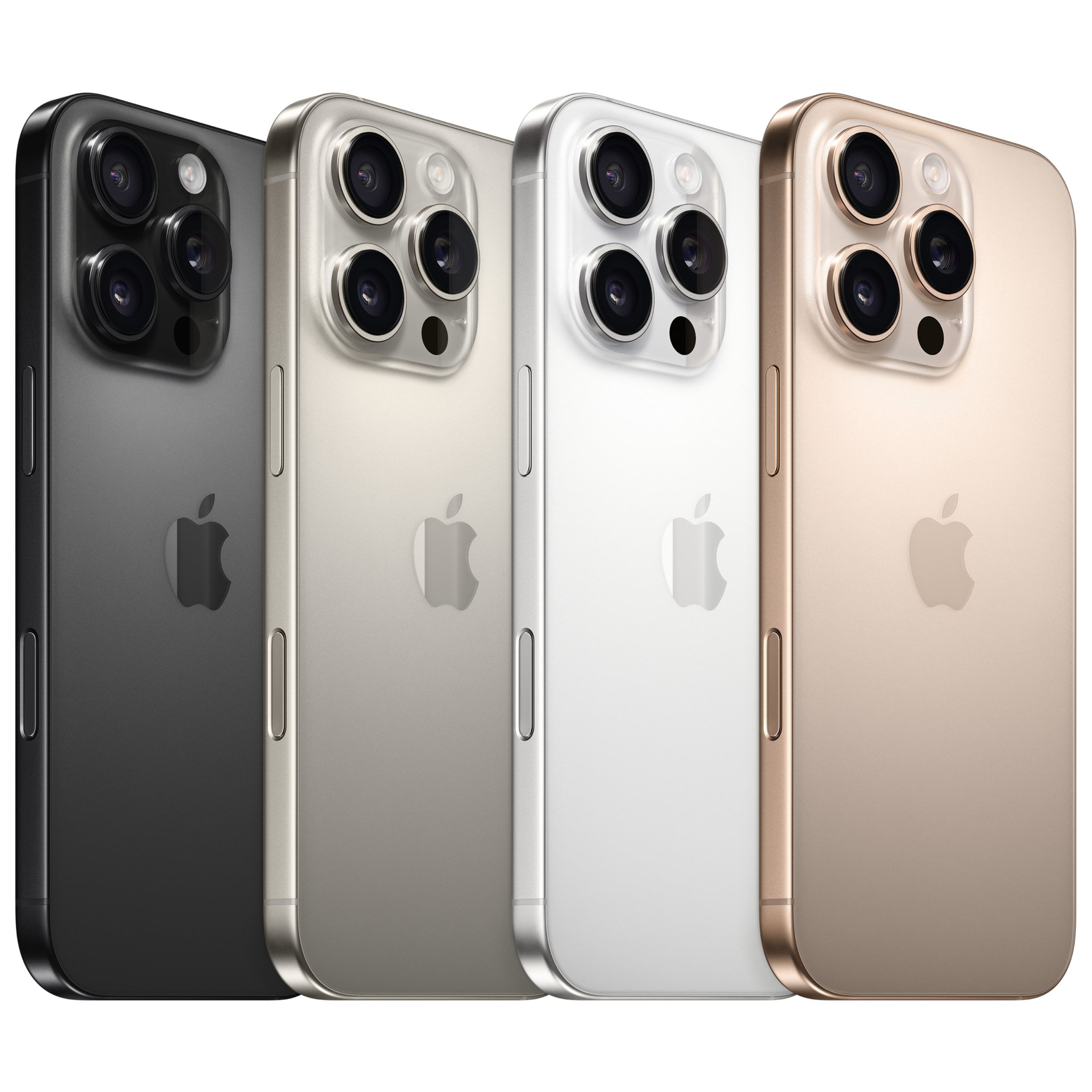
Apple iPhone 16 Pro
A version of Apple’s newest iPhone with a larger screen featuring a camera button, a programmable action button, and artificial intelligence features.
-
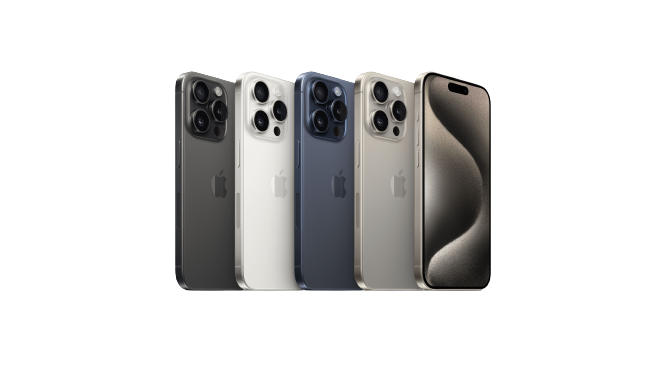
Apple iPhone 15 Pro
The Apple iPhone 15 Pro features a titanium design with Action button, A17 Pro chip, USB-C port, and a 48MP camera.


